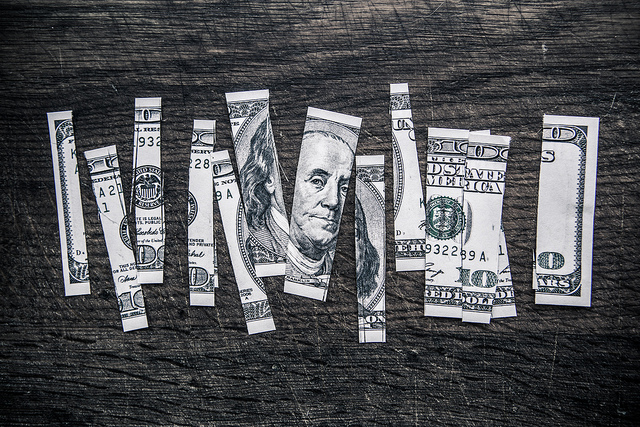Alaska’s economy has been in recession for three years now. According to economists, exactly when the recession will end and what that turnaround will look like is still coming into focus — but 2019 may be a turning point.
The Department of Labor and Workforce Development puts out a forecast each January on what the next year will bring. State economist Neal Fried says, right now, he doesn’t know what that report will look like.
“Will we predict that we’re coming out of recession in 2019? I don’t know that yet,” Fried said.
There are some good things happening in Alaska’s economy. Job losses are slowing. Certain industries are doing well. And oil?
“Oil was the cause for this recession and things are looking good in the oil patch,” Fried said.
But are these improvements enough for the state’s economy to recover?
Fried says it’s not that simple. The state has lost so much ground — between 12,000 and 13,000 jobs — that it’s going to take a while to get back to where Alaska was in 2015. And even though job losses are letting up, they’re still happening.
Parts of the economy, like the retail sector, are struggling.
Mouhcine Guettabi, an economist with the University of Alaska’s Institute of Social and Economic Research, agrees with Fried that the state is still in recession.
“I think that there are signs that point that we are toward the tail end of the recession, but we haven’t come out of it,” Guettabi said.
He expects the state will stop losing jobs in the next six to eight months. And that would be a signal that the recession is ending.
“End of recession is we’re no longer bleeding jobs,” Guettabi said. “We’re no longer losing jobs. And we’re turning to corner, we’re at least finding the new normal. In my mind, a full recovery would be when we actually get back the jobs that we’ve lost.”
Both Fried and Guettabi say there’s an big distinction between when a recession ends, and when the economy actually recovers.
When the state stops losing jobs — and economists are confident that it will stay that way — that marks the end of recession. Fried says that would probably be determined after two quarters of straight growth, but there’s no strict definition of a recession’s end.
Recovery, on the other hand, comes when job numbers are back to where they were at the start of the recession. The thousands of jobs the state has lost is a lot to make up.
“I think that the recovery of jobs lost will be elusive,” Guettabi said.
These economists say the economy on the other side of the recession probably won’t be radically different. But they do point to one important change that’s happened already. A percentage of revenue paying for state government is now coming from permanent fund earnings.
“Which is a very different place than oil revenues, straight oil revenues,” Fried said.
Guettabi says that should help the state’s economy out in the future. He says oil will still be a player.
“What we’ve done with the budgetary decisions is we’ve disentangled a portion of revenues from oil. And I think that should make Alaska more resilient to future oil-driven recessions,” Guettabi said.
As for this recession, what it will take for the economy to get back to where it was in 2015, and when that will happen, is still unclear.

